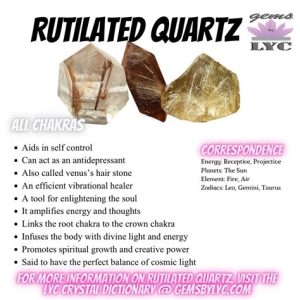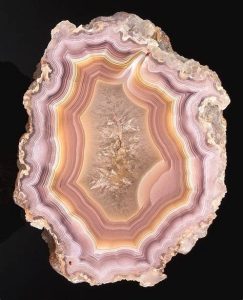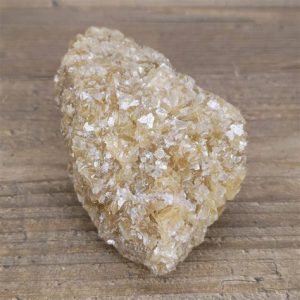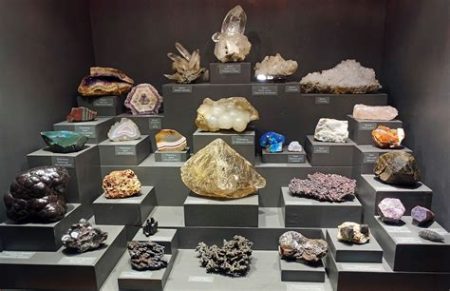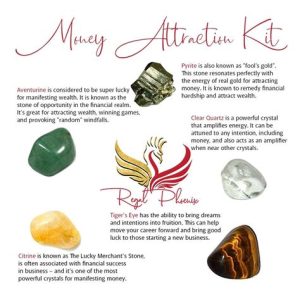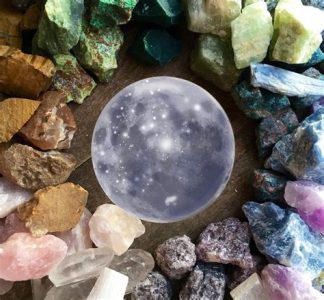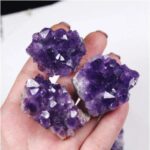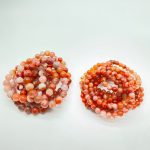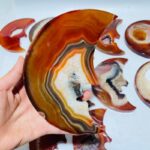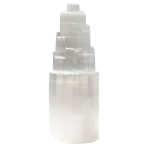In the realm of mineralogy and geology, crystals hold a captivating allure, inspiring admiration and wonder for their exquisite beauty and intrinsic properties. From iridescent gemstones to seemingly ordinary rocks, crystals exhibit a vast array of forms, colors, and structures, each with its unique characteristics and potential applications. Recognizing crystals is an essential skill for rockhounds, collectors, and those seeking to harness the purported energetic properties associated with these fascinating minerals.

Crystal Identification: A Step-by-Step Approach
Identifying crystals accurately requires a combination of keen observation and an understanding of key crystallographic principles. Here’s a comprehensive step-by-step approach to help you identify crystals:
Step 1: Observe External Morphology
Begin by examining the crystal’s external shape or morphology. Crystals exhibit a characteristic symmetrical form governed by their internal atomic arrangement. Common crystal habits include cubic, octahedral, prismatic, and tabular forms.
Step 2: Analyze Cleavage and Fracture
Cleavage refers to the tendency of crystals to break along specific planes of weakness. Certain minerals, such as calcite and mica, exhibit perfect cleavage, resulting in smooth, flat surfaces. Fracture, on the other hand, describes the irregular breakage of crystals without well-defined planes.
Step 3: Determine Hardness
Hardness is an important property that indicates a crystal’s resistance to scratching. The Mohs scale of hardness, ranging from 1 (softest) to 10 (hardest), is commonly used to measure crystal hardness. Minerals can be scratched by other minerals of higher hardness.
Step 4: Examine Color and Luster
Color and luster are highly variable among crystals, influenced by their chemical composition and crystal structure. Color can range from transparent to opaque, while luster describes the way light interacts with the crystal’s surface, such as metallic, glassy, or earthy.
Step 5: Consider Density and Magnetism
Density, measured in grams per cubic centimeter (g/cm3), provides an indication of a crystal’s mass relative to its volume. Magnetism refers to a crystal’s ability to be attracted to or repelled by a magnetic field. Not all crystals are magnetic, but some, such as magnetite, possess significant magnetic properties.
Common Mistakes to Avoid
To avoid common pitfalls in crystal identification, keep these points in mind:
- Relying solely on appearance: While external characteristics provide valuable clues, identification should not be based solely on appearance, as similar-looking crystals may have different compositions.
- Ignoring internal structure: Crystalline structure is fundamental to crystal identification. Understanding crystal systems and lattice structures can help differentiate between similar-looking minerals.
- Confusing twins and intergrowths: Twinned crystals are two or more crystals grown together along a common plane, while intergrowths involve multiple crystals of different compositions growing together. These can lead to unusual or misleading external forms.
- Overstating properties: Certain crystals have been attributed with exaggerated or unproven energetic properties. It’s important to approach crystal use with skepticism and rely on scientific evidence.
Applications of Crystal Recognition
Recognizing crystals is not just for collectors and hobbyists. It has practical applications in various fields:
Geochemistry and Petrology
Geologists use crystal identification to understand rock formation and Earth’s history. Crystals provide valuable information about the conditions under which rocks formed and the processes that have affected them over time.
Mineralogy and Economic Geology
Crystal recognition is essential for identifying minerals used in industrial applications. Gemstones, such as diamonds and rubies, are prized for their beauty and rarity. Industrial minerals, such as quartz and feldspar, are used in a wide range of products.
Crystallography and Materials Science
Crystallography, the study of crystal structures, has applications in materials science. The understanding of crystal growth, defects, and properties has led to the development of new materials with tailored properties.
Gemology and Jewelry Making
Gemologists identify crystals to determine their authenticity, value, and gemological properties. The recognition and evaluation of crystals are crucial in the jewelry industry.
Useful Tables
The following tables provide additional information to aid in crystal recognition:
| Crystal System | Description |
|---|---|
| Cubic | Crystals with three equal axes at right angles to each other |
| Tetragonal | Crystals with two equal axes at right angles to a third, unequal axis |
| Orthorhombic | Crystals with three unequal axes at right angles to each other |
| Monoclinic | Crystals with two unequal axes at right angles to a third, oblique axis |
| Triclinic | Crystals with three unequal axes at oblique angles to each other |
| Hexagonal | Crystals with three equal axes in one plane at 60° angles to each other and a fourth, unequal axis perpendicular to the plane |
| Cleavage | Fracture |
|---|---|
| Perfect | Smooth, flat surfaces produced when a crystal breaks along specific planes of weakness |
| Good | Less smooth and flat surfaces than perfect cleavage |
| Fair | Irregular surfaces with some tendency to break along preferred directions |
| Poor | Irregular surfaces with no preferred direction of breakage |
| Conchoidal | Smooth, curved surfaces resembling the inside of a conch shell |
| Uneven | Rough, irregular surfaces |
| Mineral | Hardness (Mohs Scale) |
|---|---|
| Talc | 1 |
| Gypsum | 2 |
| Calcite | 3 |
| Fluorite | 4 |
| Apatite | 5 |
| Orthoclase | 6 |
| Quartz | 7 |
| Topaz | 8 |
| Corundum | 9 |
| Diamond | 10 |
| Mineral | Specific Gravity (g/cm3) |
|---|---|
| Quartz | 2.65 |
| Calcite | 2.71 |
| Feldspar | 2.56-2.76 |
| Magnetite | 5.18 |
| Galena | 7.58 |
| Gold | 19.3 |
| Diamond | 3.52 |
Conclusion
Recognizing crystals is a valuable skill that opens up a world of knowledge and practical applications. By understanding the key principles of crystal identification and avoiding common mistakes, you can confidently explore the fascinating realm of crystals and harness their potential for scientific research, economic value, and personal exploration.

